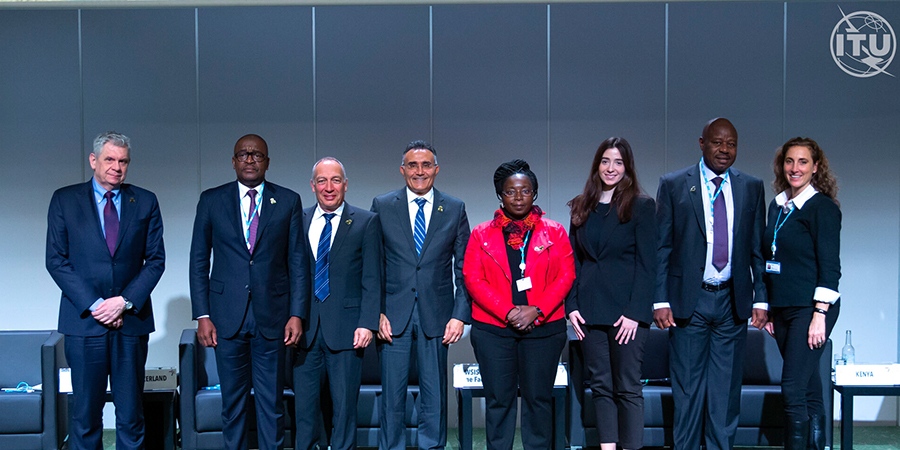Along the sidelines of the World Summit on the Information Society Forum (WSIS Forum 2023), the High-Level Policy Session 1 took place, tackling the topic of “Bridging Digital Divides.” Among the esteemed panelists was Dr. Bilel Jamoussi, chief, study groups department, standardization bureau, International Telecommunication Union (ITU).
According to Dr. Jamoussi, unequal access to technologies and low digital literacy skills are some of the “biggest contributors to the digital divide.” In response, the ITU devised the Bridging the Standardization Gap (BSG) program to foster the participation of developing countries in ITU's standards-development process and support them with the implementation of tech standards across sectors.
Exclusive: Dr. Jamoussi: ITU’s Standards Turn a Challenge Into a Business Opportunity
According to the latest ITU data, 87% of people use the Internet in developed countries, compared with 44% in developing countries. While a mobile broadband network covers virtually all urban areas in the world, worrying gaps in connectivity and Internet access persist in rural areas. Globally, 72% of households in urban areas have access to the Internet at home, while only 38% are connected online in rural areas.
Feature: Connectivity Gap: Unbroken Adversity in Rural Areas
Connectivity gaps in rural areas are severe in LDCs, where 17% of the rural population live in areas with no mobile coverage at all and 19% of the rural population is covered only by a 2G network.
“We are fully committed to turning this digital divide into a digital opportunity for all, particularly for those who risk being left behind and being further marginalized,” an excerpt from the WSIS agenda said.
